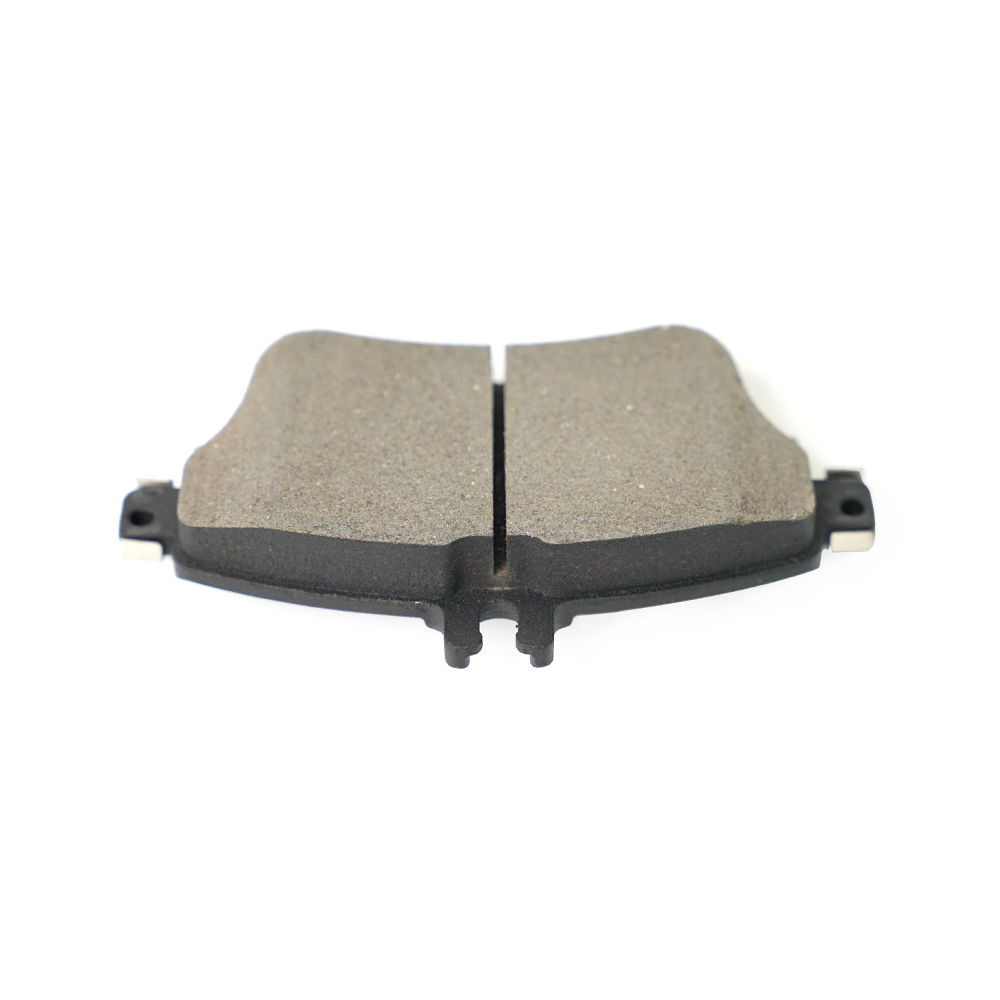In the world of friction materials, one technical parameter that often flies under the radar is porosity. For anyone serious about understanding brake pad performance—especially in demanding environments—this factor deserves attention. When it comes to semi-metallic brake pads, porosity plays a critical role in determining heat management, durability, and even overall braking stability. Our lab-tested pads, for example, show an average porosity of 5.5%, a carefully controlled value that reflects years of refinement in formulation and production processes.
Porosity in brake pads refers to the volume of microscopic air pockets within the friction material. While it might sound counterintuitive, having a certain level of porosity is actually beneficial. These tiny voids help absorb and manage the high temperatures generated during braking. In semi-metallic pads, where heat conductivity is already enhanced by the metallic content—typically steel wool or iron powder—balanced porosity further aids in controlling thermal stress, reducing the risk of hot spots and uneven wear.

However, too much porosity can compromise structural integrity, leading to premature wear or even cracking under heavy loads. On the other hand, insufficient porosity can limit the pad’s ability to release gases and dissipate heat, resulting in brake fade. Achieving the right porosity level, especially in semi-metallic brake pads, requires precision engineering and a deep understanding of the interaction between materials. That’s where isotropic compression molding comes into play, ensuring even density and porosity throughout the entire pad structure.
Another important aspect is the impact of porosity on friction stability. Brake pads with well-controlled porosity levels tend to maintain more consistent friction coefficients over a wider range of operating temperatures. For example, in AK-Master testing, our semi-metallic brake pads maintain a stable coefficient of friction between 0.38 and 0.42, partly due to their optimized porosity. This translates to reliable performance whether you're navigating urban traffic or hauling loads on long descents.
In wet conditions, porosity also helps with water dispersion. Pads with a balanced porosity structure are more capable of pushing water out from the rotor surface, reducing the delay in braking response that can occur during sudden downpours. In this way, a seemingly minor design factor can have a meaningful effect on real-world safety. And while organic pads often have higher porosity, they lack the structural durability and heat resistance of their semi-metallic counterparts.
The manufacturing process is where much of this performance is determined. As a manufacturer specializing in semi-metallic brake pads, we pay close attention to raw material ratios, mixing procedures, and curing cycles to ensure porosity stays within the optimal range. This isn’t just a technical detail—it’s a mark of product consistency that our OEM and aftermarket clients depend on. Proper porosity also contributes to improved bonding between the pad material and backing plate, reducing the risk of delamination over time.
Ultimately, understanding porosity isn’t just for engineers—it’s vital for anyone looking to source high-performance brake components. When you choose semi-metallic brake pads with well-controlled porosity, you're getting a product that balances heat management, mechanical strength, and consistent braking performance. It’s one of the many behind-the-scenes factors that separate reliable braking systems from the rest, and it’s something we focus on with every pad that leaves our facility.